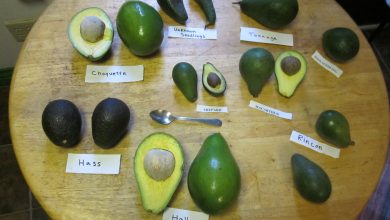How to fertilize plants in spring
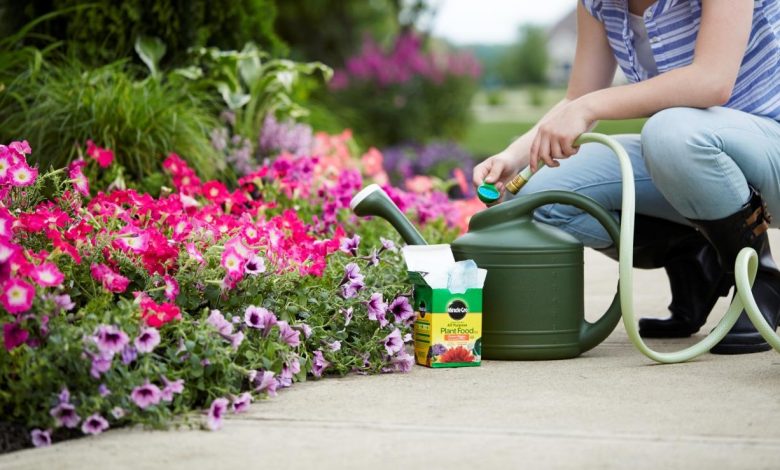
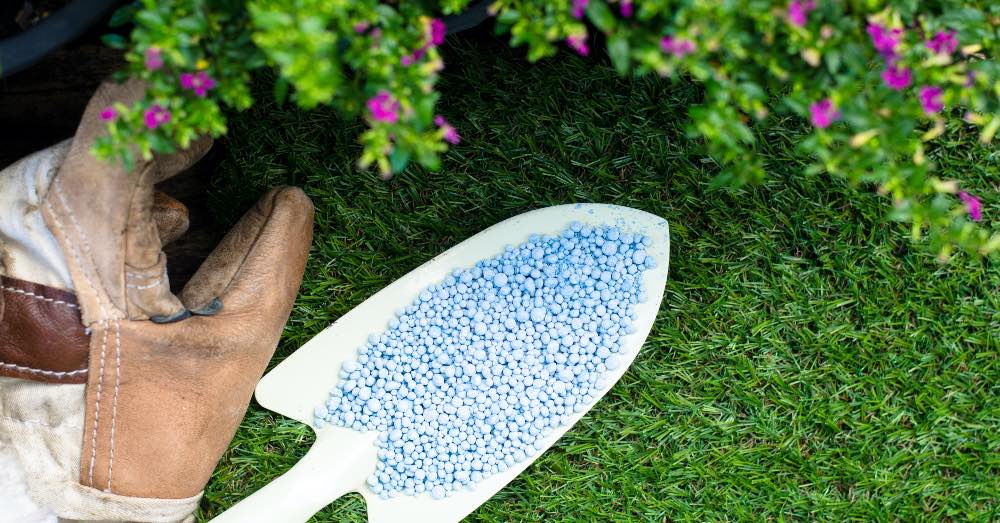
With the arrival of good weather, our nature needs us more than ever. It is not only time to transplant but also to fertilize the plants to prepare them for one of the most important times of the year. With spring, nature begins to resurface from the vegetative lethargy caused by the cold months. It is thanks to the sun and heat that our plants begin to mobilize their sap again. A kind of resurrection that occurs year after year, and that needs our help.
Although a priori we may think that any fertilizer is good for any plant, the reality is quite different. We are not just referring to the fact that there are different types of fertilizers depending on the needs of each type of plant. We also refer to the fact that the fertilizers that we must use in spring are highly specific and are designed precisely to promote the development of plants at the most demanding time of the year.
For this reason, and just as important as when to pay, is knowing how to do it and with what. It is something we want to delve into so that this task reverts positively in our nature.
TIPS FOR FERTILIZING PLANTS CORRECTLY
Although we focus on how to fertilize the plants in spring, let’s not lose sight: it is not the only committed time of the year, nor the only one that demands this task. Doing it in the fall is just as or more important than fertilizing in the months of good weather. Only thanks to this gesture can we prepare our plants to face the months of rest, and survive the low temperatures.
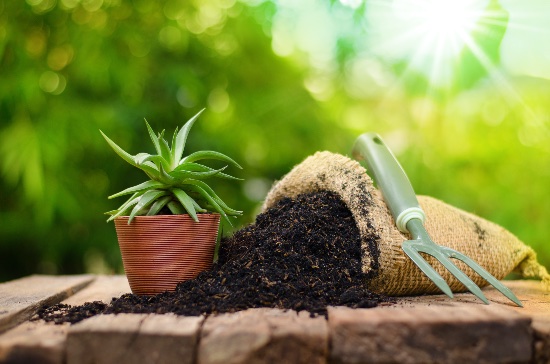
Apart from this detail, there is no doubt that knowing how to fertilize plants in spring is essential to be able to enjoy them. Thanks to this extra nutrient, they will be able to face their growing season par excellence. But let us understand this task for what it really is. Fertilizing plants does not only seek that they have the necessary resources to grow or flourish. It also pursues that our plants have the necessary health to face the B side of good weather: pests. Only a strong plant will be able to prevent in a certain way and, above all, recover from these bad companions of good weather. Because let’s be clear: if our plants are not strong and even if we know how to eliminate garden pests, they are likely to die from the infection.
And to avoid this disappointment, there is nothing like knowing how to fertilize the plants correctly. A guideline, that of fertilizing, that has its tricks and that will guarantee to enjoy them without frights during the hot months. But before looking at these tips in detail, it is important: never fertilize in full sun. Something that we do not usually contemplate, but that it is essential to know since the combination can burn our plants.
1. Choose the most suitable fertilizer according to each type of plant and each moment of spring
Fundamental! The characteristics of each plant make it have very specific demands for nutrients. What’s more: despite the existence of the universal subscription, which is always a good option; today there are fertilizers designed to respond to the demands of different types of plants.
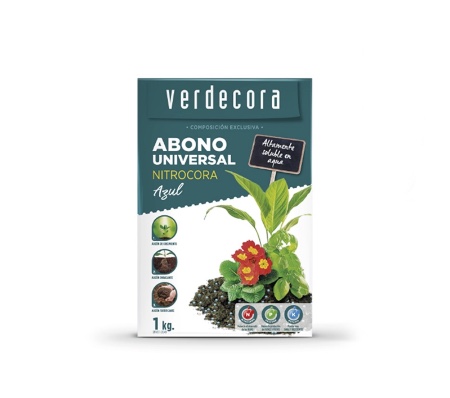
In addition to this detail, it is important to play with the different types of fertilizers during the hot months. In early spring, our plants will still be waking up from winter. Therefore, it is a good time to use mineral fertilizers balanced in NPK and slow release. Thanks to them, we will be promoting assimilation by the plant but also the development of its green parts.
From mid-spring onwards, the ideal is to switch to a specific fertilizer. One for flower plants that promote flowering, another for acid plants if we have them, another for shrubs if they are part of our garden or terrace… and so on according to each type of plant.
2. Eliminate weeds before starting to pay
We tend to think that weeds are only unsightly. However, its impact on our plants is much greater. They are not only thieves of resources such as the sun or water, but also act as a magnet for pests. Two good reasons to know how to eradicate weeds and take the task very seriously.
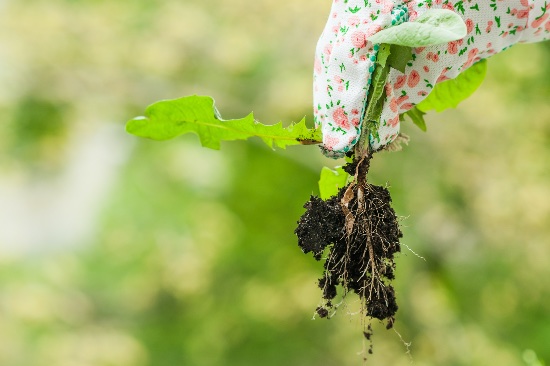
Added, eliminating them from the equation before fertilizing the plants is key. Let us think that we will also be fertilizing them and promoting their development, one that is already spectacular in itself. A detail that we want to avoid, and that we can achieve by uprooting them before starting to pay.
3. Follow a regular and constant subscriber pattern
Something very common in gardening is that we remember to fertilize at the beginning of spring, but we tend to forget the task as the season progresses. A task that we cannot neglect, if we really want fertilizers to fulfill their function.
If we opt for organic fertilizers, their guideline will be lower than that of chemical fertilizers. Just take a look at how to use worm castings correctly to know that this type of fertilizer requires a more sporadic application. Important: although they are extremely effective, we must not lose sight of the fact that their ability to act is slower than in the case of inorganic fertilizers.
If, on the other hand, we opt for chemicals, it is essential to rigorously follow the applications. These types of fertilizers have high concentrations of nutrients and micronutrients, but they are only effective if we apply them regularly.
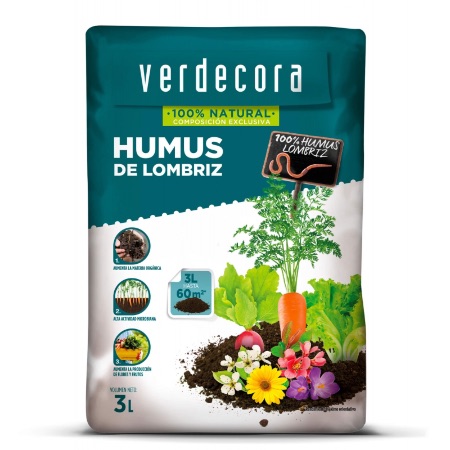
4. Adjust irrigation to the needs of the moment
A detail that we usually leave aside, but that is as important as knowing how to pay the plants.
As the temperatures begin to rise and the days are longer, it is essential to regularly increase the irrigation pattern. But not only for responding to the hydration or growth needs of plants: also because water is essential for fertilizers to penetrate our plants correctly.
5. Fertilize the plants according to the place of planting
Another fundamental detail that also often goes unnoticed. How to fertilize the plants correctly also depends on where they are planted. What’s more: where we are growing them determines, even, the type of fertilizer that we must use.
Let’s see how we should act according to the FAD scenario.
How to fertilize plants planted in soil
In the case of plants planted directly in the ground and apart from organic fertilizers, the ideal is to opt for granulated fertilizers. Not only do they make it easier for us to disperse the product when it comes to large surfaces, but they also enrich all the land that surrounds our plants.
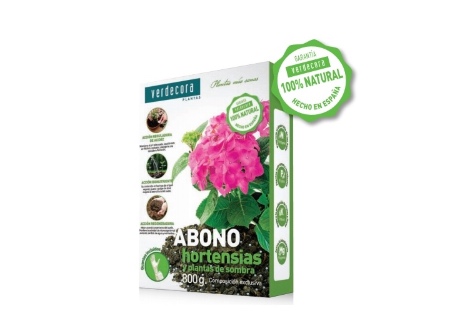
In the specific case of some plants, it is interesting to opt for fertilizer sticks or wands. Thanks to them we can specifically nourish plants with defined needs such as aromatic plants or shrubs such as bougainvillea or jasmine.
For plants in soil and with specific exceptions, the ideal is a dose of fertilizer per month from the beginning of spring to the end of summer.
How to fertilize potted plants
Plants planted in pots or planters need a higher and more regular pattern of fertilization. And it is logical: in the end, their only sustenance is a space that is not renewed because it is inside a container. For that reason and beyond transplanting, we have to nourish the soil on a regular basis.
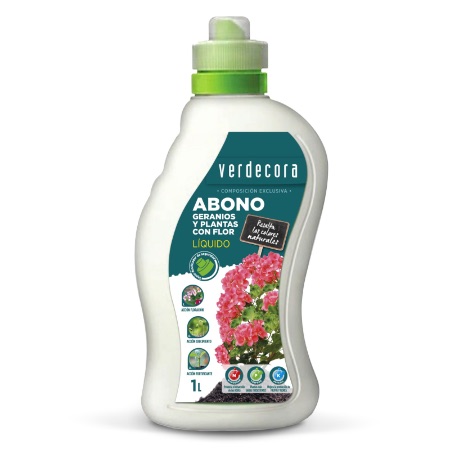
In the case of pots and planters, liquid fertilizers are the best option. When diluted in the irrigation water, the absorption of nutrients is facilitated. Something that does not happen, for example, with granules that, in this type of space, take much longer to dissolve and act.
For this type of plants, the ideal is to maintain a regular schedule from spring to the end of summer of a dose every 15 days.
Simple advice with a single objective: that you enjoy your plants more and better.

![Photo of Plant a Passion Fruit Plant: [Cultivation, Pruning, Irrigation, Fertilizer and Pests]](https://www.complete-gardening.com/wp-content/uploads/2022/08/plant-a-passion-fruit-plant-cultivation-pruning-irrigation-fertilizer-and-pests-390x220.jpg)
![Photo of Begonia Rex: [Cultivation, Substrate, Irrigation, Associations, Pests and Diseases]](https://www.complete-gardening.com/wp-content/uploads/2022/08/begonia-rex-cultivation-substrate-irrigation-associations-pests-and-diseases-390x220.jpg)
